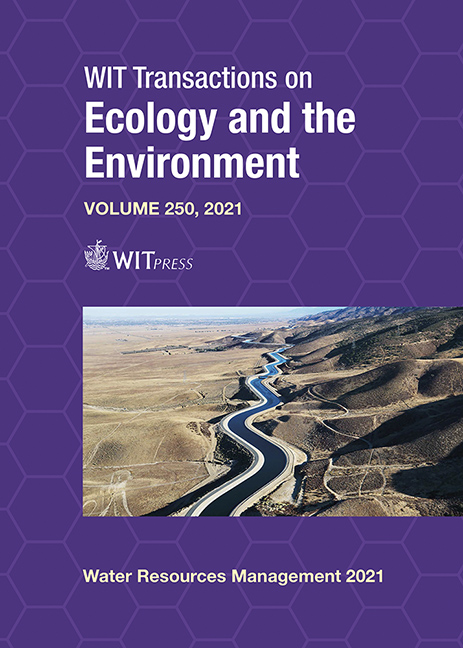COASTAL EROSION HAZARD AND VULNERABILITY: CASE STUDY OF PORTICELLO, SOUTH CALABRIA, ITALY
Price
Free (open access)
Transaction
Volume
250
Pages
13
Page Range
181 - 193
Published
2021
Size
347 kb
Paper DOI
10.2495/WRM210161
Copyright
Author(s)
GIUSEPPINA CHIARA BARILLÀ, GIUSEPPE BARBARO, GIANDOMENICO FOTI, PIERLUIGI MANCUSO, VINCENZO FIAMMA, AGNIESZKA MALESINSKA, PIERFABRIZIO PUNTORIERI, MARIA MANDALARI
Abstract
Coastal erosion is due to natural phenomena and anthropogenic interventions that alter the coastal dynamics and the sediment balance. Therefore, to manage the coastal areas and to correctly design the necessary defence interventions, it is necessary to analyze all these factors. Consequently, in recent years the methodologies for the coastal erosion hazard and vulnerability assessment have increasing importance. However, there is currently a lack of a general methodology that considers all the factors that influence the coastal dynamics and, therefore, the hazard and the vulnerability. This paper, through a case study, describes a new methodology based on indices that considers all the factors that influence the hazard and the vulnerability, thus resulting in general validity. This methodology defines two indices of hazard and vulnerability. The hazard index considers all the natural processes that contribute to the phenomenon of coastal erosion, such as tides, currents, average sea level rise due to climate change, wave climate and both coastal and river sediment transport. The vulnerability index, on the other hand, includes all those characteristics of the coast that can make it more or less vulnerable to coastal erosion, such as its geological and morphological characteristics (both of the emerged and submerged part), its evolutionary trend, the presence of dune systems, vegetation and coastal and/or port defence works, the subsidence rates and the degree of waterproofing of the coast. The case study concerns Porticello, a town near the Strait of Messina characterized by a high coastal erosion risk. Porticello represents an interesting case study due to the peculiarities of the Strait of Messina and the presence of numerous coastal structures. The study area extends for about 1.5 km, inside there are numerous coastal structures, two river mouths and numerous houses built close to the shoreline.
Keywords
coastal erosion, coastal erosion risk assessment, hazard, vulnerability, index-based methodology, coastal structures





